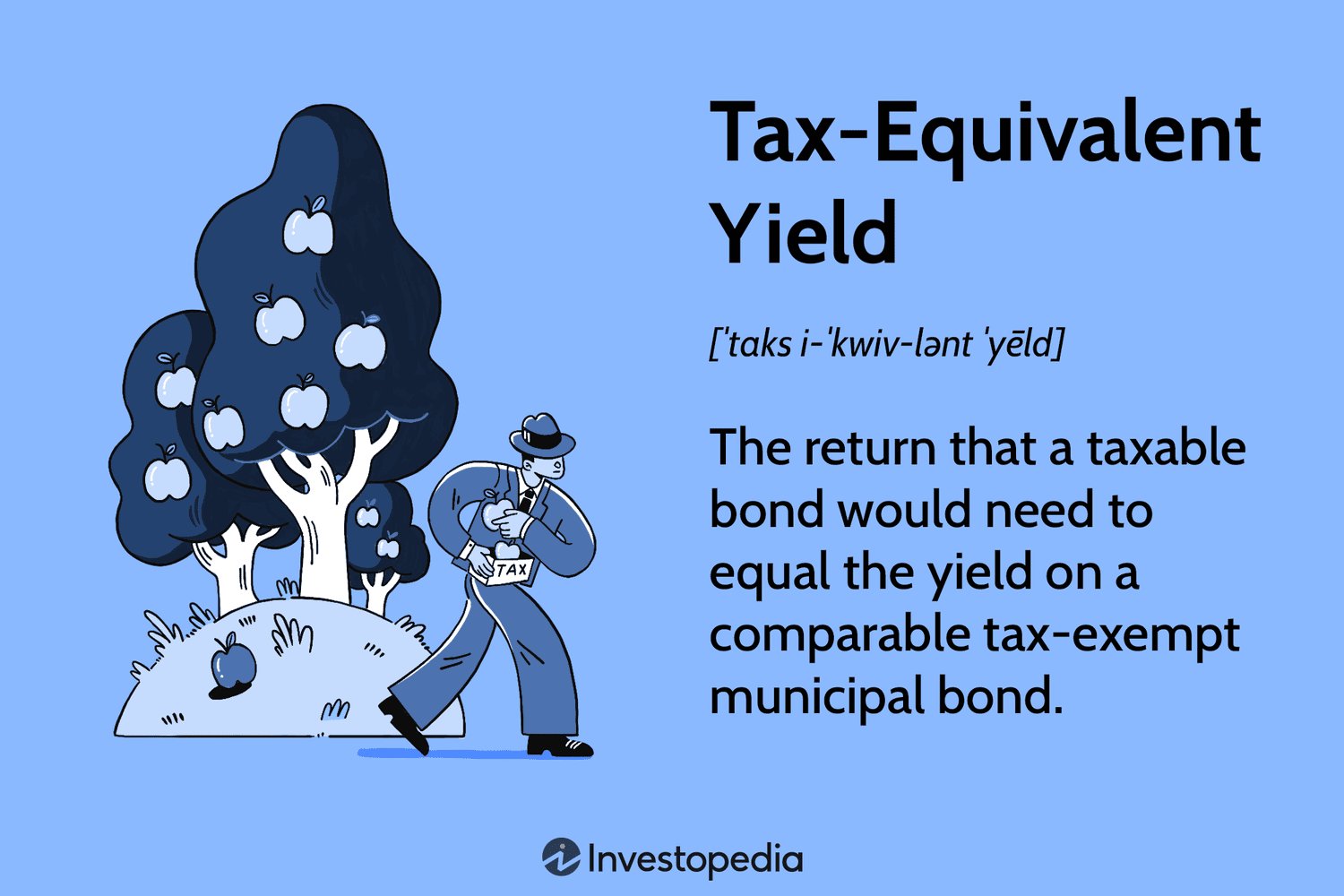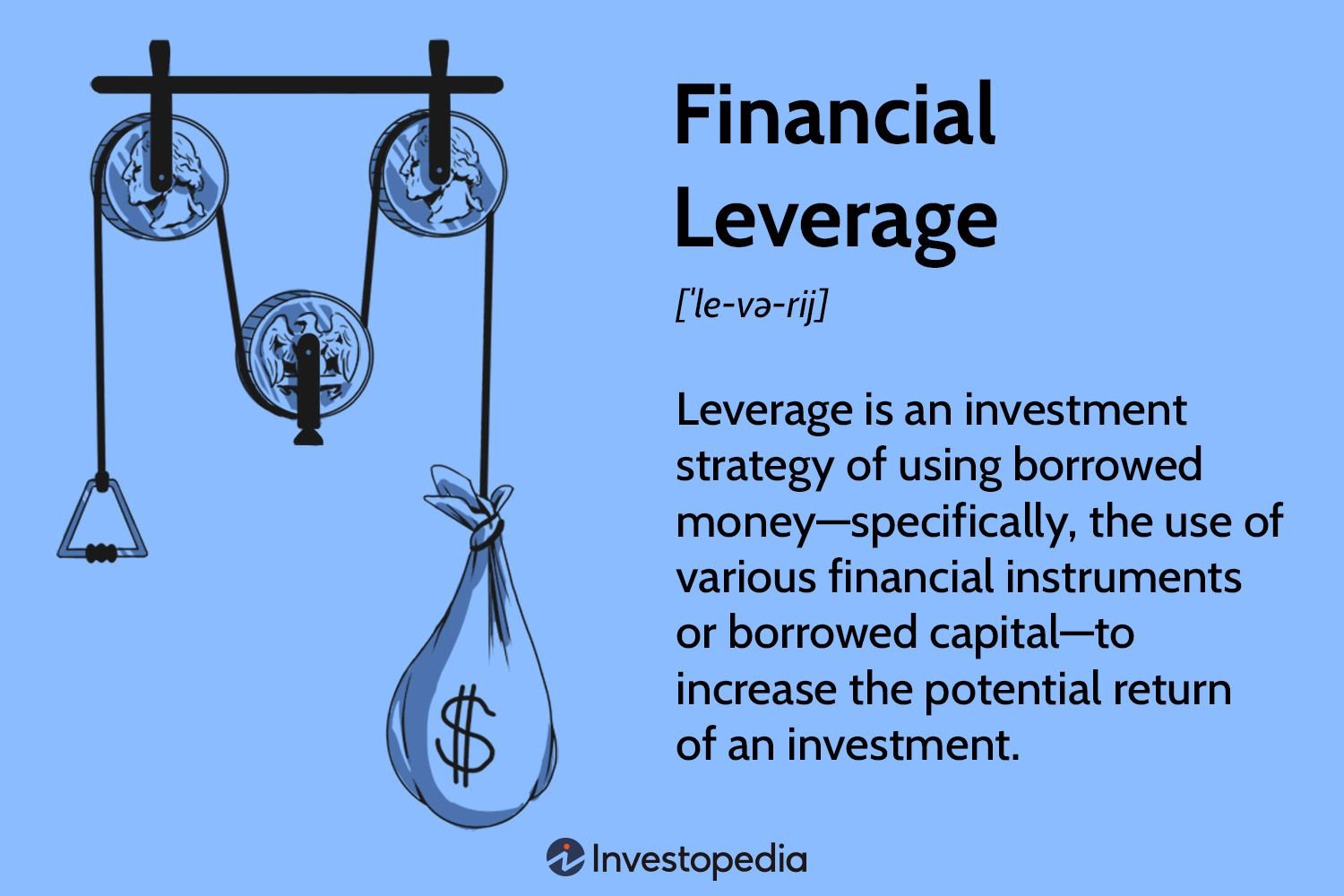Looking to build an emergency fund on a low income? You’re not alone. Financial emergencies can happen to anyone, regardless of their income level. But don’t worry, building an emergency fund is within your reach. In this article, we’ll explore practical strategies and actionable tips on how to build an emergency fund on a low income. So, if you’re looking for effective ways to safeguard yourself from unexpected expenses without breaking the bank, you’ve come to the right place. Let’s dive in!
How to Build an Emergency Fund on a Low Income
The Importance of an Emergency Fund
An emergency fund is a crucial financial safety net that everyone should have, regardless of their income level. It provides a buffer for unexpected expenses, such as medical bills, car repairs, or even job loss. Building an emergency fund can bring peace of mind and help you avoid falling into debt when unexpected financial challenges arise.
Assessing Your Current Financial Situation
Before you start building your emergency fund, it’s essential to assess your current financial situation. Here are a few steps to help you get started:
- Calculate your income: Determine your total monthly income from all sources.
- Track your expenses: Keep a record of all your monthly expenses, including fixed expenses such as rent or mortgage payments, utility bills, and variable expenses like groceries and entertainment.
- Analyze your spending: Review your expenses and identify areas where you can cut back or make changes. Look for discretionary expenses that can be reduced or eliminated to free up more money for savings.
- Set financial goals: Determine how much you want to save each month and establish a timeline for reaching your emergency fund target.
Creating a Realistic Budget
Creating a realistic budget is an essential step in building an emergency fund. It helps you track your income and expenses and ensures that you have enough money to cover your essential needs while saving for emergencies. Here’s how you can create a budget:
- Identify essential expenses: Start by listing your necessary expenses, such as housing, utilities, transportation, and groceries.
- Allocate funds for savings: Make saving a priority by setting aside a specific portion of your income for your emergency fund. Even a small amount, such as 10% of your income, can make a significant difference over time.
- Reduce non-essential spending: Identify non-essential expenses that you can cut back on or eliminate. These may include eating out, cable subscriptions, or impulse purchases.
- Track your expenses: Keep track of your spending and compare it with your budget regularly. This will help you identify areas where you may be overspending and make necessary adjustments.
Maximizing Income and Minimizing Expenses
When you have a low income, finding ways to maximize your earnings and minimize your expenses becomes even more critical. Here are some strategies to consider:
Increasing Your Income
- Take on a side hustle: Consider taking up a part-time job or freelancing to supplement your income.
- Upgrade your skills: Look for opportunities to improve your skills through online courses or vocational training programs. Enhanced skills can open doors to better-paying job prospects.
- Negotiate a raise: If you are currently employed, gather evidence of your contributions to the company and make a case for a salary increase during your next performance review.
Reducing Your Expenses
- Lower your housing costs: Explore options for downsizing your living space or finding more affordable housing arrangements.
- Save on transportation: Consider using public transportation, carpooling, or biking to save on commuting costs.
- Save on groceries: Plan your meals, make a shopping list, and avoid impulse purchases. Look for sales and use coupons to stretch your grocery budget.
- Cut back on entertainment expenses: Look for free or low-cost activities, such as community events, hiking, or borrowing books and movies from the library.
Automating Your Savings
One effective way to build your emergency fund on a low income is to automate your savings. By setting up automatic transfers from your checking account to your savings account, you can ensure a consistent saving habit. Here’s how to get started:
- Choose a savings account: Look for a savings account with no or low fees and a competitive interest rate. Online banks often offer higher interest rates compared to traditional banks.
- Set up automatic transfers: Instruct your bank to transfer a specific amount from your checking account to your savings account each month. Aim to save at least 10% of your monthly income, if possible.
- Adjust as needed: Regularly review your budget and savings progress. If your income or expenses change, adjust the automatic transfer amount accordingly.
Building an Emergency Fund Incrementally
Building an emergency fund doesn’t have to happen overnight. It’s often more realistic to set small, achievable milestones along the way. Here’s a suggested approach to building your emergency fund incrementally:
Start with a Mini Emergency Fund
Begin by saving a small amount, such as $500, as your initial mini emergency fund. This fund can help cover minor unexpected expenses and prevent you from relying on high-interest credit cards or loans for emergencies.
Set a Realistic Target
Set a target for your ultimate emergency fund goal based on your monthly expenses. Aim to save three to six months’ worth of essential expenses. While this may take time, focus on making consistent progress.
Break It Down
Break down your ultimate emergency fund goal into smaller milestones. For example, set a target of saving one month’s worth of expenses within the first six months, then increase to three months’ worth within a year.
Celebrate Milestones
Celebrate each milestone you achieve along the way. It’s essential to acknowledge your progress and stay motivated to continue adding to your emergency fund.
Staying Motivated and Overcoming Challenges
Building an emergency fund on a low income can be challenging and may require sacrifices. To stay motivated and overcome challenges, consider the following tips:
- Focus on the benefits: Remind yourself of the peace of mind and financial security an emergency fund provides.
- Track your progress: Keep track of how much you’ve saved and celebrate your achievements along the way.
- Find support: Join online communities or forums where you can connect with others who are also building their emergency funds. Share tips, challenges, and success stories.
- Seek financial education: Educate yourself on personal finance and budgeting through books, podcasts, or online resources. The more knowledgeable you become, the better equipped you’ll be to make informed financial decisions.
Building an emergency fund on a low income is possible with careful planning, smart budgeting, and consistent saving habits. By assessing your financial situation, creating a realistic budget, maximizing income, minimizing expenses, and automating your savings, you can gradually grow your emergency fund. Remember to stay motivated, celebrate milestones, and seek support when needed. With time and perseverance, you’ll have a solid financial safety net to rely on in times of uncertainty.
How To Save An Emergency Fund Easily! (LOW INCOME)
Frequently Asked Questions
Frequently Asked Questions (FAQs)
1. How can I build an emergency fund on a low income?
Building an emergency fund on a low income may seem challenging, but it is possible with careful planning and budgeting. Here are some steps you can take:
- Identify your essential expenses and cut back on non-essential ones.
- Create a budget to track your income and expenses.
- Automate savings by setting up automatic transfers to a separate savings account.
- Look for ways to increase your income, such as taking up a side gig or freelancing.
- Save any unexpected windfalls or bonuses.
2. What percentage of my income should I aim to save for an emergency fund?
While the ideal percentage may vary depending on your financial situation, it is generally recommended to save at least 10-15% of your income for emergencies. If your income is low, start with a smaller percentage and gradually increase it as you can.
3. Are there any government programs or assistance available for building an emergency fund?
Some government programs provide financial assistance or benefits for individuals with low incomes. Research and check if you qualify for programs like Temporary Assistance for Needy Families (TANF), Supplemental Nutrition Assistance Program (SNAP), or Earned Income Tax Credit (EITC).
4. How can I cut back on expenses to save more?
To cut back on expenses and save more, you can:
- Reduce eating out and instead cook meals at home.
- Cancel unnecessary subscriptions or memberships.
- Shop for groceries on sale and use coupons.
- Lower energy usage by turning off lights and appliances when not in use.
- Consider cheaper transportation options or carpooling.
5. What steps can I take to increase my income?
To increase your income, you can:
- Look for part-time or freelance work in your area of expertise.
- Take on side gigs, such as pet sitting, tutoring, or house cleaning.
- Utilize online platforms to offer services or sell products.
- Explore training or educational opportunities to enhance your skills and career prospects.
6. Is it better to save in a regular savings account or a specialized emergency fund account?
It is generally recommended to save in a specialized emergency fund account, separate from your regular savings. This separation helps you maintain the funds solely for emergencies and reduces the temptation to spend them on non-essential purchases.
7. Should I prioritize paying off debt or building an emergency fund?
It depends on your individual circumstances. If your debt carries high-interest rates, it may be beneficial to prioritize paying off debt first. However, it is still essential to have some emergency savings, even if it means allocating a smaller amount while paying off debt.
8. What should I do if I have an unexpected expense and no emergency fund?
In case of an unexpected expense and no emergency fund, try to explore other options before resorting to debt. You can:
- Reach out to family or friends for temporary financial assistance.
- Consider community resources or nonprofit organizations that provide emergency financial aid.
- Look for additional income sources, such as a short-term part-time job.
- Negotiate payment plans or discuss the situation with creditors or service providers.
Final Thoughts
In conclusion, building an emergency fund on a low income is challenging, but not impossible. By following a few key strategies, you can begin to save for unexpected expenses and financial emergencies. Start by setting a realistic budget and cutting unnecessary expenses. Consider earning extra income through side gigs or part-time jobs. Automating your savings can help ensure consistent contributions to your emergency fund. Prioritize building an emergency fund by making it a part of your financial goals. Remember, even small contributions can add up over time. With determination and discipline, you can successfully build an emergency fund on a low income.


